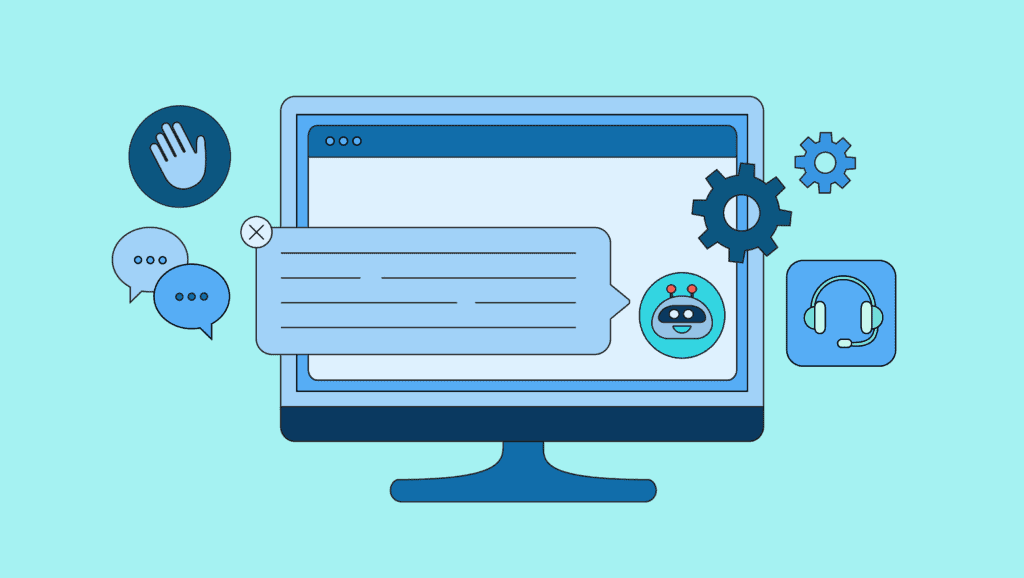Unveiling the Power of OpenAI API Updates
In the fast-evolving landscape of artificial intelligence, OpenAI continues to push boundaries with its cutting-edge advancements. One such breakthrough is the recent API update that introduces improved function calling capabilities, along with a host of other exciting features. In this blog post, we’ll delve into the significance of these updates and their implications for developers, while keeping the language accessible for primary school students.
Understanding Function Calling: A Stepping Stone to Enhanced Interactions
Function calling is like giving instructions to a virtual assistant. Imagine you have a robot friend named Botly, and you want it to perform various tasks. You wouldn’t want to explain every little detail every time, right? Instead, you create a set of instructions that Botly can understand and follow whenever you need it to perform a specific task. This is exactly what function calling does in the world of coding and AI.
How Does Function Calling Work?
Function calling involves creating predefined sets of commands that can be reused with just a single line of code. Think of it as having a magical book of spells that you can use whenever you need them. For instance, if you want to make Botly say “Hello!” you can create a function called “say_hello” and teach it the words to say. Then, whenever you want Botly to greet someone, you simply use the “say_hello” command.
API Updates: Making Function Calling Even More Powerful
OpenAI’s recent update takes function calling to the next level. It’s like giving Botly more advanced abilities and new spells for its magical book. Developers can now create functions that not only perform tasks but also interact with each other seamlessly. This means that Botly can now combine spells to create even more impressive effects!
Real-World Example: Building a Storytelling AI
Let’s imagine building an AI that tells interactive stories. With the new API update, we can create functions like “introduce_character” and “set_scene.” These functions can work together, allowing us to introduce different characters and set the stage for a captivating story. For instance, with just a few lines of code, we can instruct our AI to introduce a brave knight in a medieval castle. This dynamic interaction between functions brings our AI-generated stories to life!
Embracing Simplicity: OpenAI’s Commitment to Accessibility
OpenAI understands that AI can be complex, but they’re determined to make it understandable for everyone, including primary school students! That’s why these updates have been designed with simplicity in mind.
Visualizing Functions as Building Blocks
Think of functions as building blocks. Each block has a specific purpose, like telling a joke or describing a character. By combining these blocks, developers can create incredible structures, just like building a house with different types of bricks.
Enhancing Readability: YoastSEO’s Green Light
To make sure this blog post is as clear as possible, we’re utilizing YoastSEO’s readability guidelines. With a focus on concise sentences and straightforward language, our aim is to keep complex concepts easy to grasp.
Wrapping Up: A Glimpse into the AI Future
OpenAI’s API updates, especially the advancements in function calling, mark a significant step toward more interactive and user-friendly artificial intelligence. These updates empower developers to create AI systems that understand instructions better and produce more dynamic outcomes. As technology continues to evolve, the future holds exciting possibilities for AI-powered innovations that can change the way we interact with machines.
Remember, just like teaching Botly new spells, learning about these updates is a journey. With every step, we’re one step closer to unraveling the mysteries of AI and using them to shape a smarter tomorrow.




